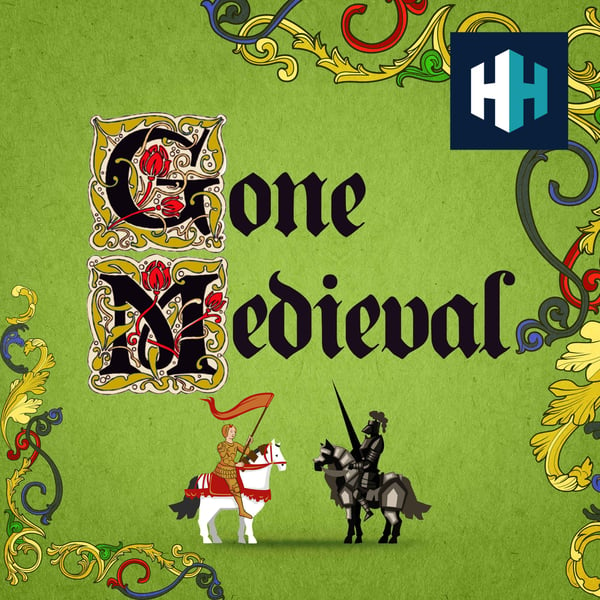The Origins of Kyiv
Gone Medieval
History Hit
4.6 • 2.2K Ratings
🗓️ 5 March 2022
⏱️ 43 minutes
🧾️ Download transcript
Summary
24th of February 2022 marked the beginning of Russia's invasion of Ukraine. This episode of Gone Medieval looks at the origins of its capital city, Kyiv, and how today it has become central to this ongoing conflict. Host Matt Lewis is joined by Dr. Olenka Pevny from the University of Cambridge. Together, they discuss the emergence of the Rus people, the consequences of the Mongols' arrival into the region - and ultimately how this period of medieval history has influenced eastern European relationships and the modern day geopolitical stability of eastern Europe.
For more Gone Medieval content, subscribe to our Gone Medieval newsletter here.
If you'd like to learn even more, we have hundreds of history documentaries, ad free podcasts and audiobooks at History Hit - subscribe today!
To download, go to Android or Apple store.
Hosted on Acast. See acast.com/privacy for more information.
Transcript
Click on a timestamp to play from that location
| 0:00.0 | Have you ever wondered why one of Ruan Cathedral's towers is called the Tower of Butter, or what |
| 0:06.2 | animals have faced trials in courts for, or even how the black country got its name? |
| 0:12.4 | Well, you can find the answers to questions like these and hundreds more in our new book, |
| 0:18.4 | The History Hit Misscellanie. It's the perfect present for any history fan. |
| 0:23.3 | It's available to buy now from your favourite bookshop or by visiting historyhit.com forward slash |
| 0:29.9 | book. Following Russia's invasion of Ukraine, we thought it would be interesting to look |
| 0:37.1 | at the origins of the city of Kiev, how the ruse people emerged, the arrival of the Mongol |
| 0:43.0 | Horde into the region, and the historical relationship between what is now Russia and what is now |
| 0:48.3 | Ukraine. I'm joined today by Professor Dr. Alemka Pevny, lecturer in Ukrainian and Slavonic |
| 0:55.2 | Studies at the University of Cambridge to talk about the region around Ukraine during the medieval |
| 1:00.5 | period and to try and add some depth to our understanding of what happened then and maybe what's |
| 1:05.9 | happening today. Thank you for joining us Alemka. It's my question. |
| 1:10.0 | Wonderful to have you with us. So to start off with, what do we know about the region around Kiev |
| 1:16.1 | before it was settled by the ruse people? Was there a cohesive body there or was it a disparate |
| 1:22.8 | collection of peoples and tribes? So one of our issues is that we know very little about |
| 1:29.6 | the Slavic people in the beginning. So we think the area that is today the eastern Slavic world, |
| 1:35.5 | so the area north of the Carpathian regions was settled sometime in the sixth century by a group |
| 1:42.7 | of peoples that we refer to as Slavs who spoke a common language. So usually referred to as common |
| 1:49.6 | Slavics, common language and they settled in the area north of the Carpathian mountains and |
| 1:55.6 | from there they spread to central Europe and the language of the Slavs became distinguished into |
| 2:02.3 | three different groups. South Slavic languages, the West Slavic and the East Slavic and the Russians, |
| 2:09.0 | Ukrainians and Belarusian languages belong to the East Slavic group which occupied the area north |
... |
Please login to see the full transcript.
Disclaimer: The podcast and artwork embedded on this page are from History Hit, and are the property of its owner and not affiliated with or endorsed by Tapesearch.
Generated transcripts are the property of History Hit and are distributed freely under the Fair Use doctrine. Transcripts generated by Tapesearch are not guaranteed to be accurate.
Copyright © Tapesearch 2025.

